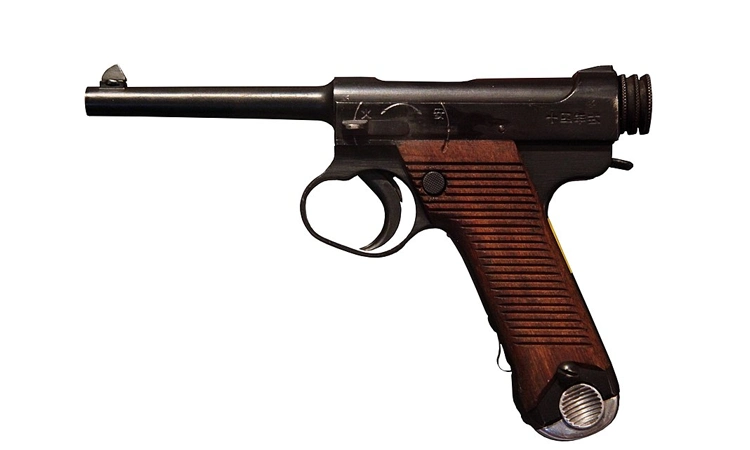Alright, let’s be real when someone rattles off “World War I,” nobody’s brain jumps straight to Japan. You’re probably picturing mud soaked trenches, ratty Tommies and their tea, Germans in spooky gas masks, maybe some fresh-faced Americans charging in thinking they’re heroes. But Japan? It’s like they’re playing hide and seek in the background, barely a blip in the Western highlight reel.
But here’s the kicker: the East wasn’t just sitting around. Japan was moving pieces around the board, just not in ways that make for noisy movie montages. Think less blood and guts, more cloak and dagger, chess moves you don’t even see coming. They weren’t blasting away with machine guns they were slipping knives between the ribs of global politics.
Picture it: a navy flexing harder every day. Spies rubbing elbows with diplomats, trading secrets over sake. And, oh yeah, rumors swirling about some “secret weapon” that didn’t blow holes in the ground but seriously messed with the whole game.
So, why’s nobody jabbering about this stuff? Well, not every drama gets to be front page news. Some stories get buried lost in dusty archives, trapped in Japanese script nobody bothered to translate, or just locked away by people who didn’t want anyone poking around.
But hey, lucky you. We’re about to dig all that up. This isn’t your granddad’s war story. It’s packed with sly tactics, weird gadgets, and collectibles so rare, even hardcore German collectors would drool. If you’re the kind of history nut who likes the deep cuts, strap in. You’re gonna love this.
Japan in WW1 The Silent Ally
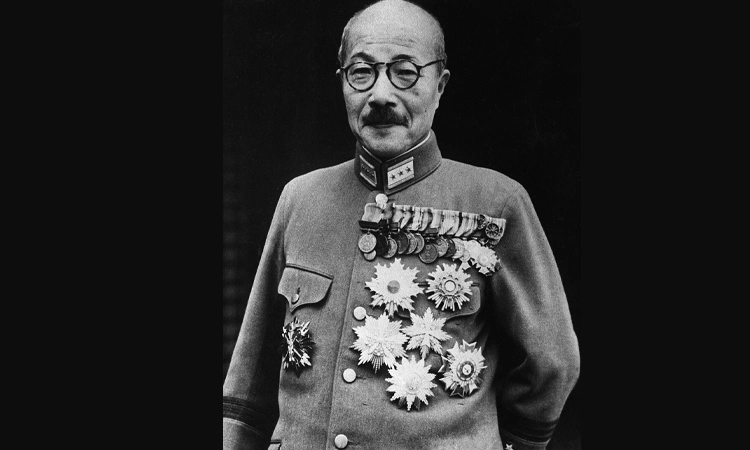
Man, while Europe was busy slogging through mud and eating lead on the Western Front, Japan was over there playing 4D chess. Seriously, they barely made a sound when WWI kicked off in 1914 they just slipped onto the Allies’ team like, “Yeah, we’re here, don’t mind us.” No messy trenches, no bloodbaths like the Somme. Just cold calculation: grab territory, flex the navy, and watch the empire grow.
Nobody’s shouting about Japan’s role. They didn’t need to. They were all about surgical moves, not fireworks. And honestly? That kinda precision ended up being a game changer.
So what’s the real story here? Japan didn’t waste a second snatching up German colonies in the Pacific places like the Marianas, Marshalls, and Carolines. Blink and you’d miss it.
Then there’s Tsingtao. Ring a bell? Probably not, unless you’re a hardcore history nerd. Picture a nasty siege against the Germans in China; brutal stuff, but most folks in the West couldn’t point it out on a map.
Oh, and get this Japanese warships were out there babysitting Allied convoys, not just around Asia, but all the way to the Indian Ocean and even the Mediterranean. Japanese destroyers chilling off Malta? Wild.
Now, here’s where it gets juicy for military geeks and collectors: Japan wasn’t just showing off its hardware they were, in classic overachiever style, tinkering with new tech and tactics. Stuff that’d later make their WWII machine a nightmare: naval intel, secret codes, battlefield gadgets that’d make your head spin. This was the Imperial Japanese Military still in beta, but already laying the groundwork for the monster they’d become.
The Secret Weapon Naval Power & Espionage

Not every weapon comes with a loud boom, you know?
While Europe was busy playing whack a mole in muddy trenches shells flying, chaos everywhere Japan was off doing its own thing. Seriously, they were cooking up a whole different kind of fight, the sneaky sort that’s more about whispers, codes, and gadgets than bayonets and bravado. The Imperial Japanese Navy? Criminally underrated in the West. These folks were quietly stacking up tech like nobody’s business. Meanwhile, in rooms locked tighter than your grandma’s cookie jar, they were inventing gizmos the Allies hadn’t even dreamed up yet.
Naval Dominance with a Hidden Edge
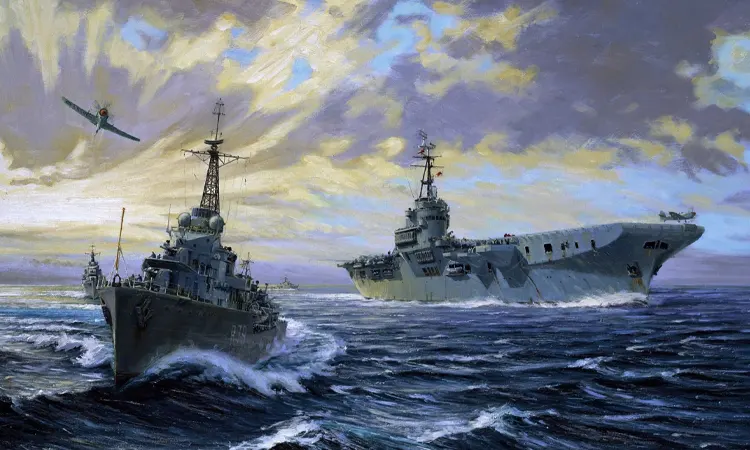
Japan’s secret weapon? Not some cartoonishly huge cannon or a tank that looks like it rolled straight outta a comic book. Nah, it was a whole cocktail of sneaky stuff:
First off, they had naval intelligence dialed up to eleven crazy-early encrypted radios that would’ve made James Bond jealous (if he’d existed). Then there’s the mini-subs and stealthy patrol boats, creeping around, spying on German stashes along the Pacific. Real ninja vibes, honestly.
And don’t forget the spies. Japan had undercover folks and snitches sprinkled all over German outposts in Asia, blending in like background extras but actually calling the shots.
Plus, they were out here making up secret code signals and messing with early sonar, way before most people even knew what “sonar” meant. Setting the stage for the comms battles of WWII before anyone else even realized the play had started.
The wildest bit? They kept it all super hush-hush. No press releases, no ticker-tape parades. These weren’t blockbuster movie moments just a bunch of quiet moves that ended up flipping naval strategies on their heads.
Rare Japanese WW1 Gear A Collector’s Dream
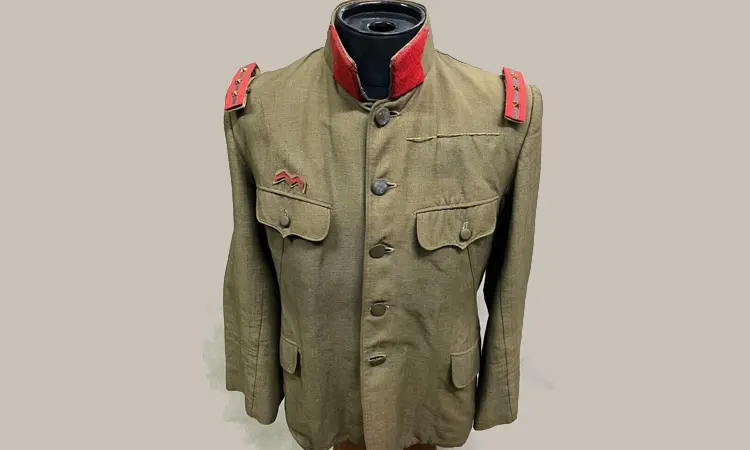
When people start chatting about World War I collectibles, it’s always the same old story: spiked German helmets, battered Brodies, maybe a rusty entrenching tool from some muddy French field. Yawn. But you wanna know what actually makes hardcore collectors lose their minds? The unicorns. The stuff nobody else even thinks to look for. Enter: Japanese WW1 relics.
Here’s the thing Japan didn’t exactly steal the spotlight during the Great War, right? They mostly kept to their own lane, handled business in a few corners of the world, and then peaced out. That means there’s barely any Japanese gear left floating around. But when you do find a piece? Man, the craftsmanship, the story behind it, the sheer cool factor? Nothing else even comes close.
Quick Overview: Japan’s WW1 Legacy & Collector Insights
| Section | Highlights |
|---|---|
| Japan’s WW1 Role | Silent ally, strategic moves in Pacific, limited Western attention |
| Secret Weapon | Espionage, early code systems, stealth naval tech, hidden strategies |
| Collectibles | Officer swords, naval insignia, early communication tools, rare pistols |
| Collector Value | Extreme rarity, museum-worthy items, high demand on MilTrade |
| Where to Find | Authentic listings and vetted sellers at MilTrade.com |
What to Look For (and Why It Matters)
Here’s just a glimpse into the kinds of pieces that send collectors scrambling:
Guntō Officer Swords (Pre Type 94 designs)
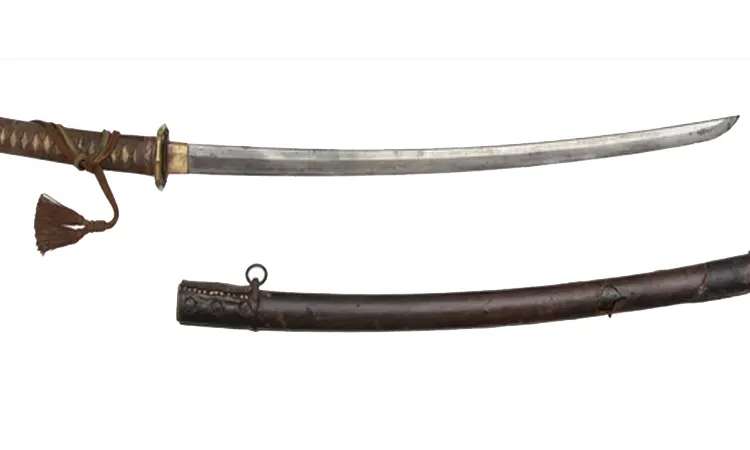
Sleek, dangerous as hell, and usually tricked out to match the owner’s vibe. Some of these bad boys saw real action in places like Tsingtao total mashup of old school swordsmithing and the gritty, chaotic needs of modern warfare. You look at ’em, and it’s like history and innovation shaking hands… or maybe crossing swords.
Naval Uniform Insignia & Specialty Rank Badges
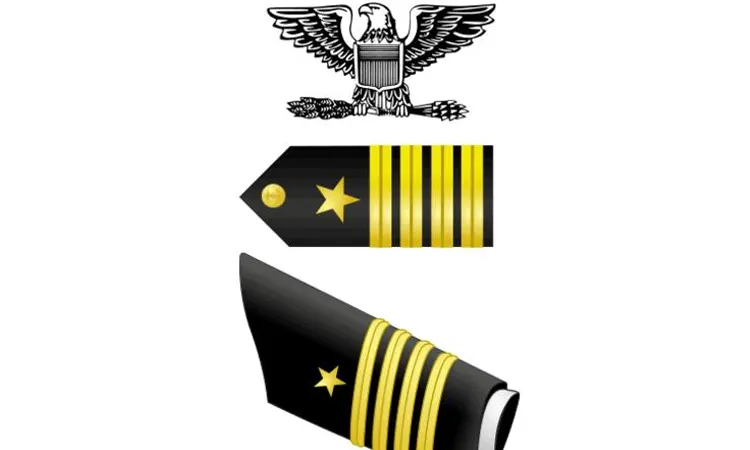
Forget those flashy, in your face patches you see on Western uniforms. Here, it’s a whole different vibe think sleek silver stitching, kanji that looks like it belongs in an old samurai flick, and crests straight out of naval legends. These things? Low key, hard to find, and honestly, collectors go wild for ’em.
Early Communication Gear & Cipher Tools
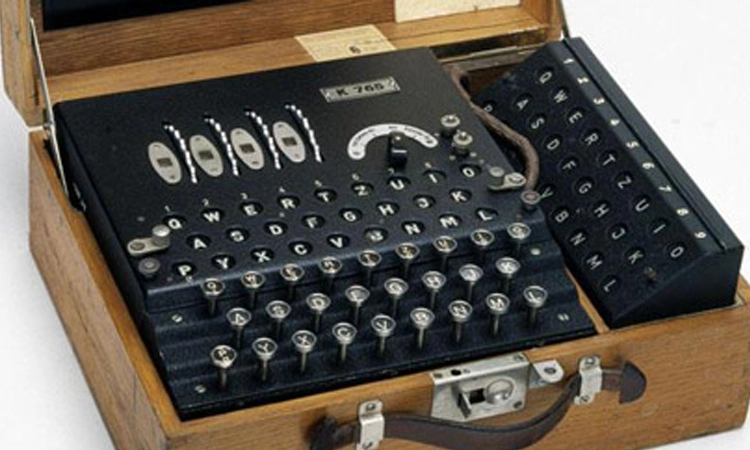
Radio casings, headset bits, those old field code manuals man, you barely ever see this stuff. It’s wild, honestly. Japan was out here flexing stealth tech way before anyone else even thought of it. Makes you wonder who else has been hiding their genius in plain sight, huh?
Sidearms like the Nambu Type A & B
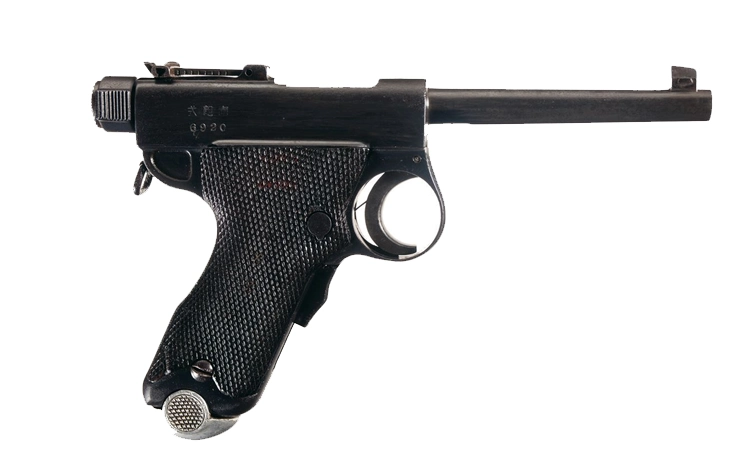
Man, those early semi autos? Absolute unicorns. People go nuts for ’em, but honestly, half the time folks don’t even know what they’re looking at misidentifications all over the place. If you ever stumble onto one that’s actually clean? We’re talking museum level stuff. Every now and then, one just shows up on miltrade and collectors lose their minds. Wild times.
Where to Find Them Today
Man, tracking down real Japanese WW1 gear? That’s a wild ride. You’re not gonna stumble on this stuff in every dusty antique shop or hyped up auction. Nope, these are the real deal relics scarce, gritty, sometimes weirdly overlooked, but always dripping with stories. On miltrade, forget the cheap knockoffs and plastic cosplay junk; this is where the serious nerds and battle hardened collectors hang out. We’re talking niche finds, like a battered naval badge from Tsingtao or that elusive Nambu pistol your buddy swears he saw once in a movie. In a world where everyone’s yelling for attention, miltrade just sort of sits in the corner, quietly tossing out actual history for those who care enough to dig. And honestly? That’s kinda legendary.
Final Thoughts
You ever notice how Japan’s part in World War I barely gets a footnote? Seriously, blink and you’ll miss it in most history classes. But here’s the wild part their gear from that era? Total goldmine for collectors. We’re talking about stuff so rare you’d think it was hiding on purpose. Every helmet, every badge, every battered field canteen has a story nobody bothered to tell you in school. And when you actually get your hands on one? Man, it’s like rescuing a piece of history from the memory black hole. If that gets your heart pumping, trust me, you’re not the only one. Welcome to miltrade, where we live for digging up the forgotten treasures. Ready to score something epic?
FAQs
Why don’t we ever learn so much about Japan’s WW1 involvement?
Honestly? Western textbooks prefer to highlight trench warfare. Japan was cruising in the background more strategy than spectacle.
Is WW1 Japanese equipment worth collecting?
Absolutely. Rarity alone is a game-changer. These aren’t just artifacts they’re time capsules from a forgotten front.
What’s up with Miltrade can I actually find WW1 Japanese material there?
Yup. Miltrade’s where the serious collectors look. One of the few places where Japanese WW1 material appears with good provenance.
What does a genuine Japanese badge or sword look like?
Check for period materials, kanji stamps, and wear characteristics. Much of Miltrade’s listings include expert remarks so you’re not flying blind.
What’s a decent first piece if I’m just starting out?
Naval medals or early radios they are rare but not out of the question. Once you develop an eye, proceed to sidearms or officer swords. Filters at Miltrade make it easy.
